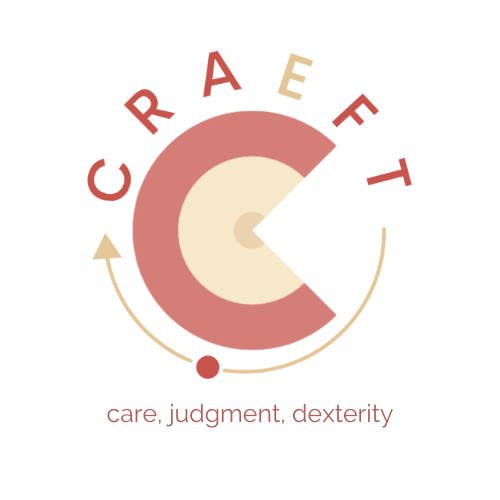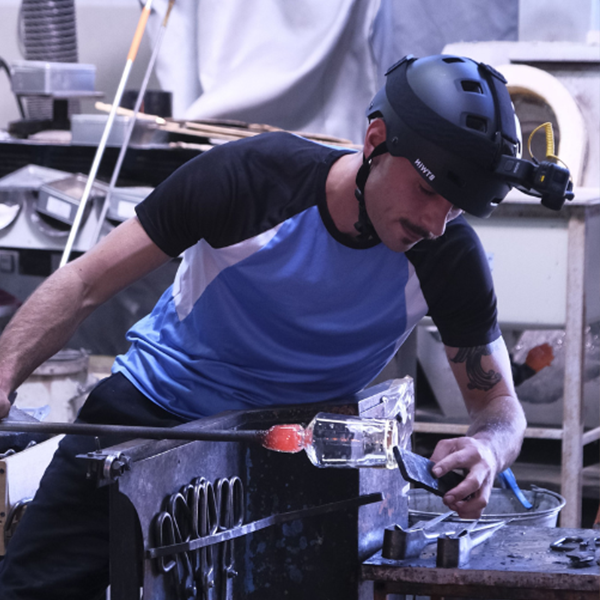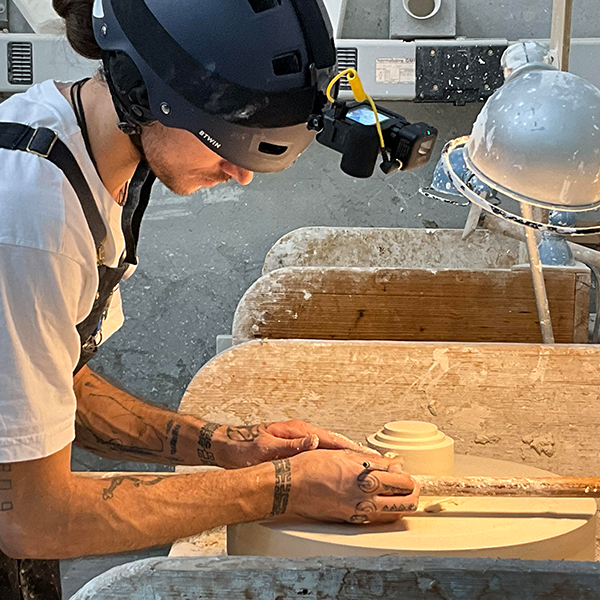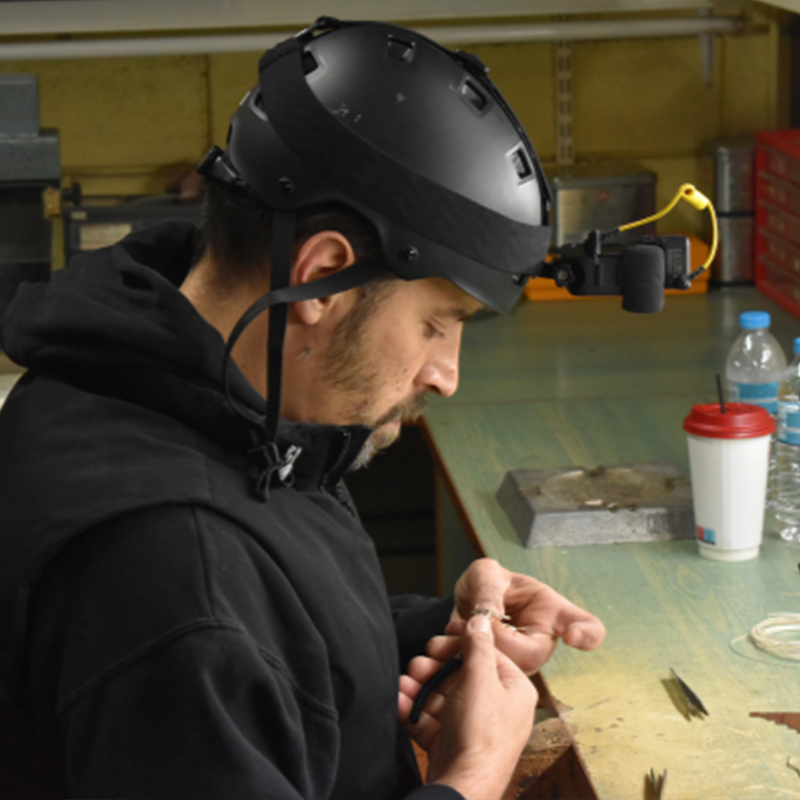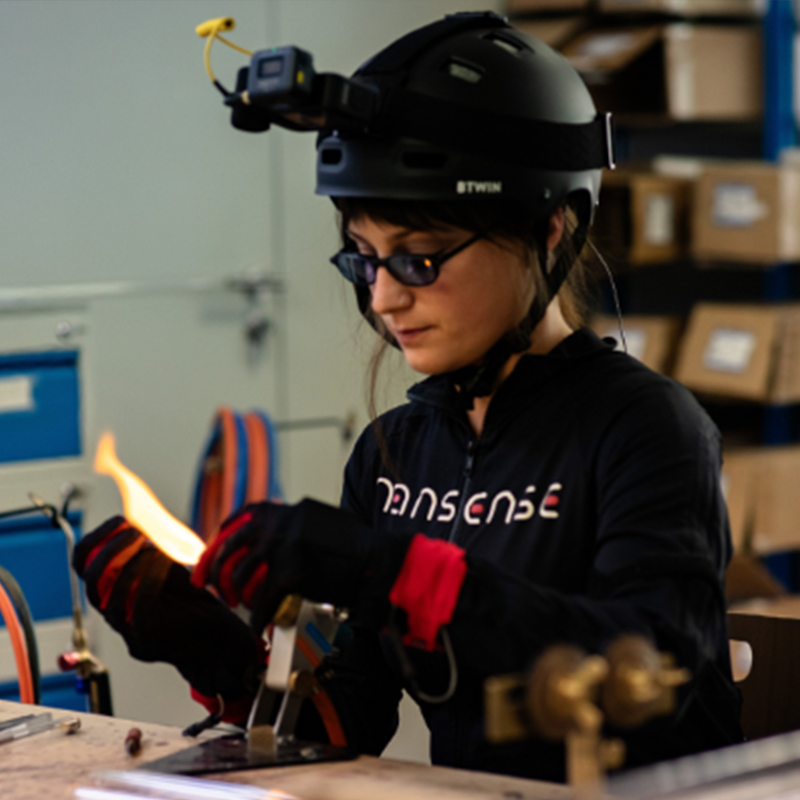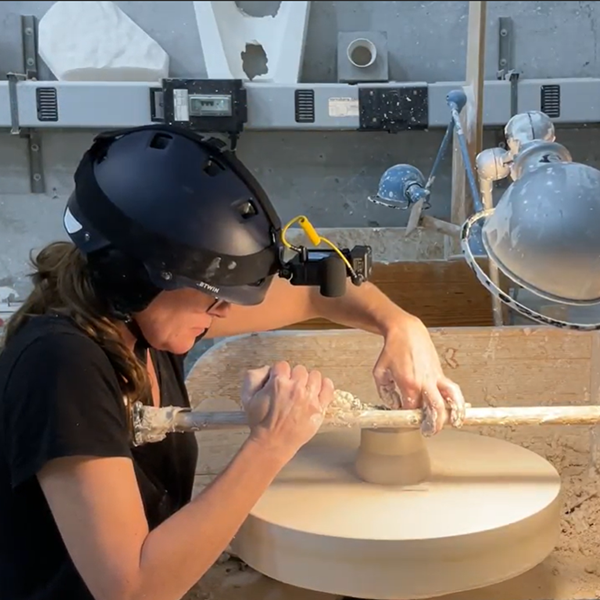Consortium
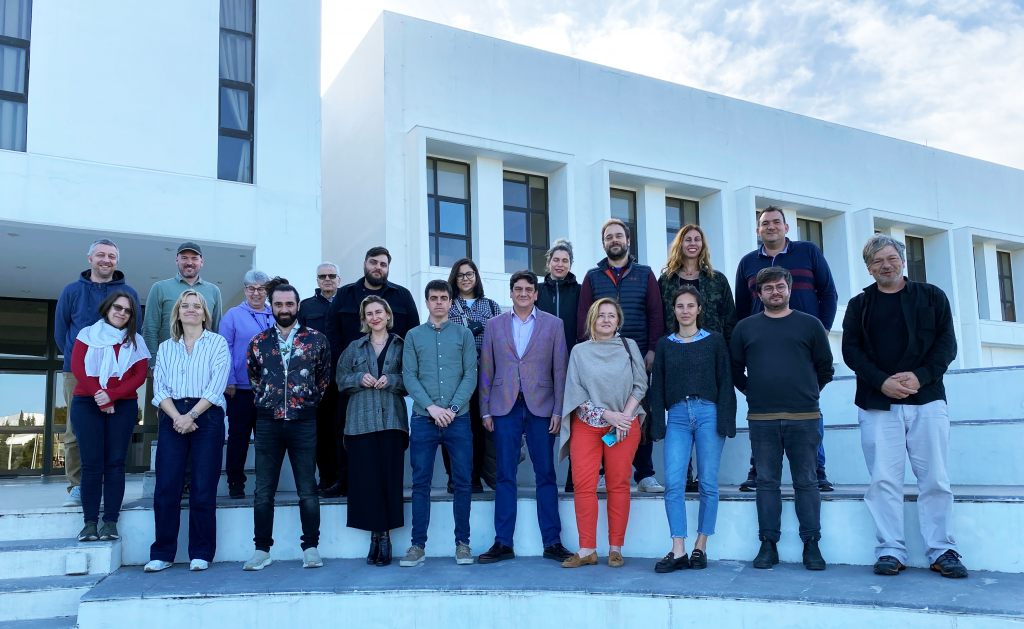

The participating partner is the Institute of Computer Science (ICS), which belongs to the Foundation for Research and Technology – Hellas (FORTH). In particular, researchers from three laboratories, CVRL, HCI, ISL of ICS will be cooperating in FORTH’s group.
The Foundation for Research and Technology – Hellas (FORTH) established in 1983, is the largest and most prestigious research centre of Greece with well-organised facilities and highly qualified personnel. It consists of seven research institutes located throughout Greece. Over the years, FORTH has become one of the top European research centres. From a total of 38 ERC grants awarded since 2007 to scientists hosted at Greek institutions, 12 are located at FORTH. According to the fifth FP7 monitoring report, FORTH ranked 13 among all European research organisations in FP7 signed grant agreements in terms of counts of participations for the period 2007-2011.
The Institute of Computer Science (ICS) has a long tradition in conducting basic and applied research, developing applications and products, and playing a leading role in Greece and internationally. In its thirty-year history, FORTH-ICS has established itself as an internationally known and highly competitive research institute, with a modern infrastructure and a broad range of R&D and educational activities. ICS has a full‐time staff of over 200 people (among them, 60 hold a Ph.D. degree, 80 have a Master’s degree, and 60 are administrative and technical staff), about 10 visiting researchers, and over 120 graduate and undergraduate students. More than 70% of its funding comes from participation in competitive European R&D programs.
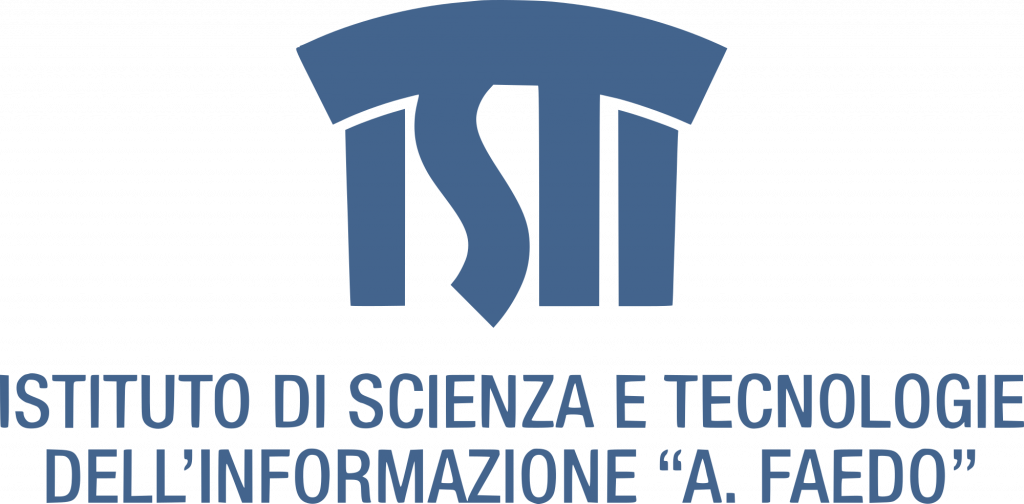
Consiglio Nazionale delle Ricerche is the largest public research institution in Italy, the only one under the Education, University and Research Ministry (MIUR) performing multidisciplinary activities. Its duty is to carry out, promote, spread, transfer and improve research activities in the main sectors of knowledge and applications for the scientific, technological, economic and social development of the country by ensuring a large and effective European and international cooperation in all fields.
Institute of Information Science and Technologies
The Institute of Information Science and Technologies of the Italian National Research Council (ISTI-CNR), the largest Italian institute in ICT, is organized in 16 laboratories, committed to producing scientific excellence and playing an active role in technology transfer. The Digital Libraries group (led by Dr Carlo Meghini) participating to this proposal belongs to the “Networked Multimedia Information System” laboratory (NeMIS), which consists of around 60 researchers and technicians conducting research and development activities on the definition of algorithms, techniques, models and methods addressing aspects such as acquisition, integration, storage, analysis, indexing, provision, and presentation of digital information across different scientific and industrial application domains. The members of Digital Library group have been involved in many EC funded projects in digital libraries and digital preservation. Currently, they are involved in the H2020 Programme with the following projects: ARIADNEplus – Advanced Research Infrastructure for Archaeological Data Networking in Europe, E-RIHS PP – European Research Infrastructure for Heritage Science, PARTHENOS – Pooling Activities, Resources and Tools for Heritage E-Research Networking, Optimization and Synergies. Within the Mingei project the ISTI-CNR is the leader of WP3 – EXAMINE: Analyse & model HC representations that aims at creating the knowledge representation model for Heritage Crafts and formal narratives, as well as a platform for semantic annotation and narrative creation and visualisation.
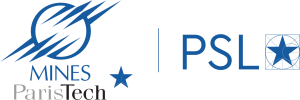
ARMINES is a private non-profit research and technological organisation (RTO) funded in 1967 having common research centers with the Ecoles des Mines: Paris (Mines ParisTech), Albi-Carmaux (Mines Albi-Carmaux), Alès (Mines Alès), Douai (Mines Douai), Nantes (Mines Nantes) and Saint-Etienne (Mines Saint-Etienne), gathering public and private personnel and means, to collaborate on an arms legnths basis and perform research contractual activities and academic research training. The Joint Research Units and the collaboration between ARMINES and the Ecole des Mines are organised within the frame of a convention signed with each Ecole des Mines in conformity with the Law dated April 18th, 2006, under the administrative authority of the French Minister of Industry; ARMINES having in addition, the duty to manage research contractual activities and the related intellectual property rights. ARMINES currently shares 48 Joint Research Units (Common Research Centres) with the Ecoles des Mines. the. ARMINES also collaborates with ENSTA ParisTech, Ecole Polytechnique, ENPC and Ecole Navale.With a total turnover of more than €44,72 million (2015), ARMINES is is amongst the top of private contract research institutions affiliated to higher education entities. ARMINES is also member of EARTO (European Association of RTOs), EIRMA (European Industrial Research Association Management) and of the Carnot Institute.
In terms of European activity, ARMINES through the Joint Research Units are involved in European projects since 1994 (FP4) and obtained, within FP7, 11 projects as coordinator and 87 as partner.

Khora is an award-winning Virtual Reality (VR) and Augmented Reality (AR) production studio based in Copenhagen, creating cutting edge content within multiple application areas. We are 30 full time employees, and over the last five years we have produced more than 350 VR/AR applications and hosted more than 1500 workshops and events.
We are exploring the value potential of VR and AR through meaningful collaborations and partnerships. We work within multiple industries, with a deep understanding of the technologies and of how and why businesses and institutions should work within these emerging mediums. We have an open door policy, so come and see for yourself.

The Technological Centre of Furniture and Wood of the Region of Murcia (CETEM) is a private and non-profit organization located in the town of Yecla, one of the most important furniture clusters of Spain.
Over the last 20 years CETEM has been promoting and implementing innovation and technological development in the Furniture Sector, making CETEM the main business reference in the industry and becoming an important economic engine in the Murcia Region.
Its main objective is to promote and undertake activities, projects and services, innovative technology, to improve, promote and encourage the development and continuous improvement of companies in the sector of wood, furniture and related services, making them more competitive.
Its creation in 1994 was promoted by the Institute Building of the Region of Murcia (INFO), the Regional Association of Employers of the Wood (AREMA), the Technological Institute of Furniture (AIDIMA), the City Hall of Yecla, the Office of Industry and Tourism, the Ministry of Industry and Energy and the European Community.
CETEM is recognized as a Technology and Innovation Centre (CIT number 83) and as a Technology transfer office (TTO number 165).

The Musée des Arts et Métiers results from the renovation of the collections spaces of the Conservatoire National des Arts et Métiers (CNAM) which was founded in 1794 by Abbé Grégoire as a “store of new and useful inventions”. It is the oldest heritage repository and exhibit space for historical science and technology artefacts in Paris and a symbol for innovation. The Musée des Arts et Métiers is part of the Conservatoire National des Arts et Métiers, a French “Grand établissement” with its identity rooted to the scientific, cultural and professional fields, under the supervision of the Ministry for Higher Education and Research. It contributes to distribute knowledge related to technological innovation and scientific advances to the greater public. The museum’s collections are testimonies of the history of science and technology since the Modern Era, with over 2400 inventions exhibited in the museum.
The museum is invested in cultural programs aiming to reach broad and various audiences of all ages through pedagogical visits, conferences and symposiums, temporary exhibits and thematic events. It has a public documentation centre for the broad public as well as for professionals with renowned resources in the field of the history of technologies and industrial heritage. The museum is part of the CNAM, which is a superior teaching and research establishment and is part of national and European actions, such as the national Mission PATSTEC for protecting scientific contemporary heritage.
The museum also collaborates with UMAC (international network of universities created by the International Council of Museum), ICOM, UNIVERSEUM, ARTEFACTS and ECSITE networks and scientific and technical committee for instruments. The museum had 300,000 visitors in 2013.
The museum will be in charge of establishing common classification methods and description of objects and knowledge with all project partners. CNAM will establish a joint working repository (prototype structured interface) on the public web site to test the propositions of each and work together. The repository will host the data contents of the ESTHER project and of course dialogue with other European databases already created (Inventing Europe, Europeana, PATSTEC, etc.). The museum will release a common paper guide summarizing these best practices in this area and distribute it to all European countries possessing scientific and technological contemporary collections.

The Piraeus Bank Group Cultural Foundation (PIOP) is a non-profit foundation operating under private law. In accordance with its statutes, its operational costs, including those of its Museums, are covered by the Piraeus Bank Group. At the same time, PIOP pursues the co-financing of certain projects through national and European funding. The basic statutory goals of the Foundation are:
• to record and promote Greece’s cultural heritage and identity,
• to preserve the traditional, artisanal and industrial technology of our country,
• to link culture with the environment and sustainable development.
These goals are achieved through:
a) the creation and management of a Network of thematic Museums of technology in the Greek provinces, where the specific nature of production in the corresponding region is highlighted, focusing on the three fold “People-Environment-Culture” as well as turning Museums to active places of interaction with the public as well as to custodians of the cultural and natural values of the landscape,
b) the implementation of a research program on cultural landscapes in Natura 2000, in particular with respect to an integrated approach for the joint management of cultural and natural heritage,
c) the study of intangible cultural heritage,
d) the design and implementation of educational programs and activities,
e) the participation in the public dialogue for the definition of the strategies to be followed in the area of the preservation of cultural and natural heritage.
Dimension of the local community where the project takes place: The Thematic Museums of the Piraeus Bank Group Cultural Foundation welcome over a hundred thousand visitors each year and are staffed by members of the local society. Through its Museums, PIOP creates live cultural cells in the Greek provinces. For the creation and functioning of the Museums, PIOP collaborates effectively with the Hellenic Ministry of Culture, the local and regional self-government authorities, local society, as well as with a broad network of specialists on environmental and cultural issues.

The Cerfav, European Center for Research and Training in the Glass Arts, was created in 1991 in Vannes-le-Châtel.
Having since become the reference in terms of professional training and the development of the glassmaking arts, Cerfav has also acquired resources in terms of research, technology transfer and innovation, a resource center which makes it a structure essential for the glass industry.
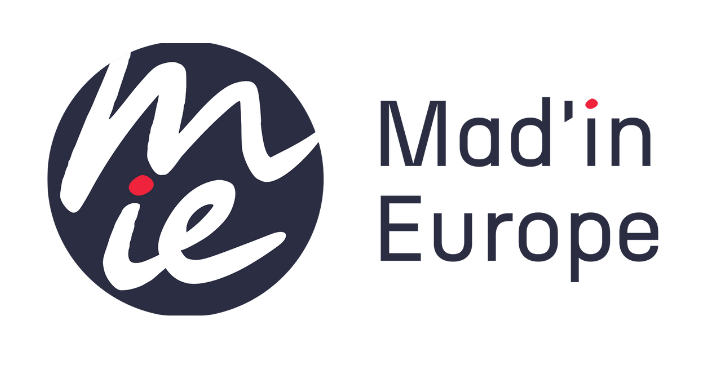
European craftsmen in areas such as wood, metal, glass, ceramic, textile, stone crafts, music instruments and restoration are the guardians of European diversity, cultural heritage and know how. They are now facing business troubles because of their small visibility within an offer of cheaper and more accessible products. Moreover, during the last decades, apprenticeship and training in traditional crafts in Europe has progressively decreased and new generations are no more considering these careers.
Consequently, despite an increasing interest for rare and customized services and products, many traditional crafts are disappearing.
Mad’in Europe’s has started its activity at the end of 2013 with objective to bring sustainable and concrete support to these micro-businesses, through different actions. Mad’in Europe is connecting the European art-crafts community with international potential users: private consumers, architects, designers, interior designers, musicians, …
Its action since then has been covered by press and received a reward in 2015 (Victors 2015 – Jury & Public award) for its commitment in favor of Craftsmanship.

Situated in the heart of Europe, yet forging connections all over the world, ETH Zurich is pioneering solutions to the global challenges of today and tomorrow.
